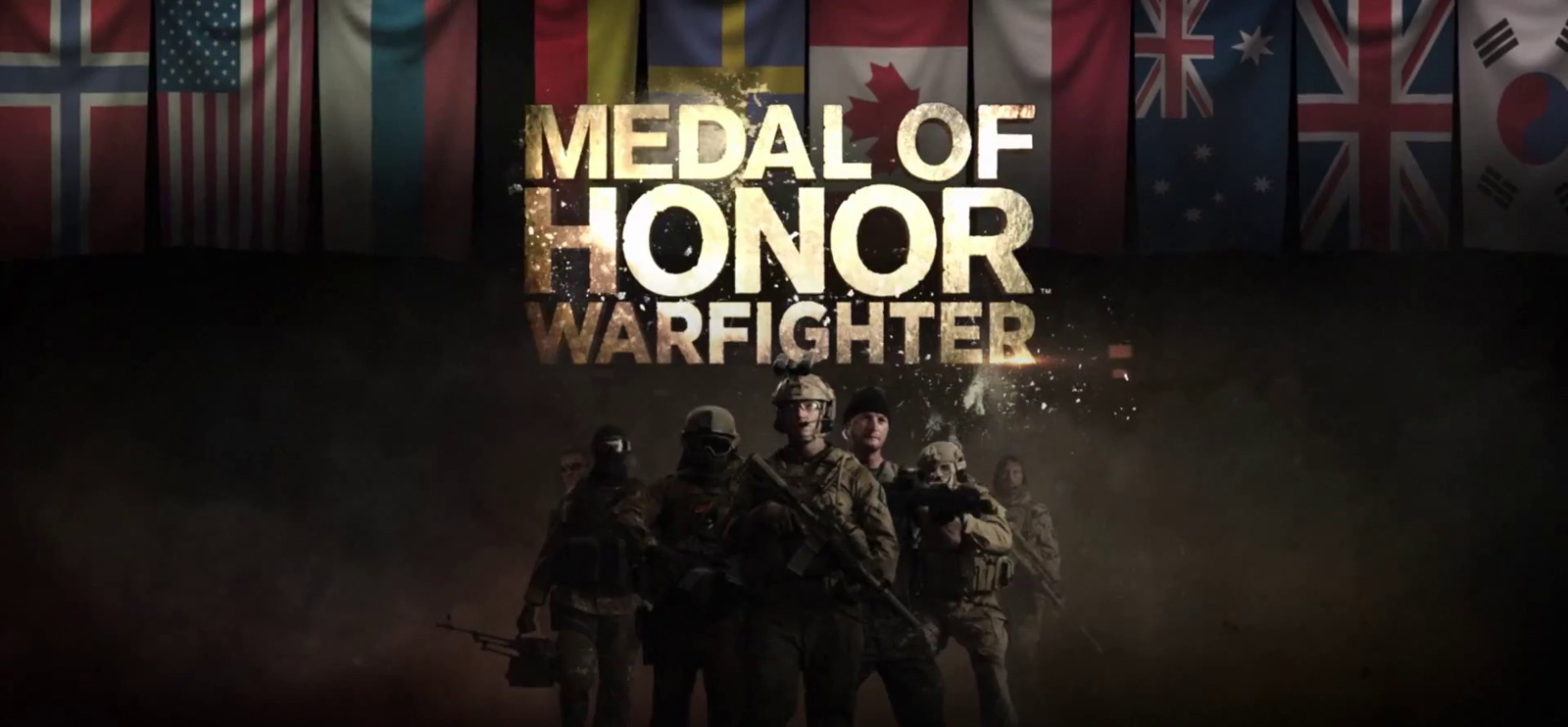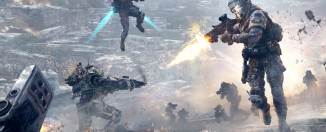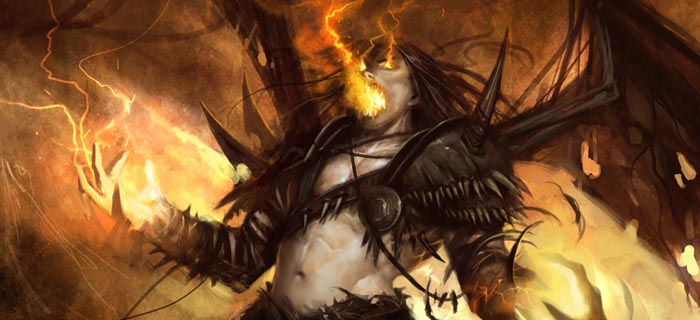Navigating Medal of Honor Warfighter
Any multiplayer game can be made or broken by the map design. The best mechanics and balance mean next to nothing if players can’t move around your maps in a meaningful and intelligent manner. Medal of Honor Warfighter is not a master class in multiplayer map design, but neither is it a lesson in what not to do.*
In the time I’ve spent playing MoHW, I’ve learned that while finding the right class and gun loadout is important, by far the most vital knowledge is how to navigate the maps in a way that your enemies won’t expect.
Three way street
All of Warfighter’s maps follow a tried and true formula for shooter maps: three main lanes of travel intersected by routes between them. And while the core design philosophy is the same for each map, the execution varies. On some maps, the side routes are in-doors, others outside, sometimes a bit of both. Often the side lanes aren’t straight or on the same vertical plane as the middle path, and there might be buildings that serve as staging areas for objective attack or locations to control in kill-oriented modes. The maps are not, therefore, cookie-cutter copies of each other. They’re easy to understand while requiring different strategy for each one.
This in mind, my old advice still stands. Go into an empty server and look at each map. See where each route takes you, where the paths diverge, where cover is and isn’t, and where the out of bounds areas are. More than that, see how far you can get in the first five seconds out of your play area. Like in Battlefield, out of bounds doesn’t mean out of play. If you can be out of the map for a few seconds and get to an until-then-unseen position, you haven’t cheated the system. You’ve used your head and the layout of the map to your advantage.
In Combat Mission, which is analogous to Rush from Battlefield, knowledge of out of bounds timing will be essential as Warfighter ages. In Battlefield, the best players have a good idea of how long it takes for new bases to unlock, and so they play the clock. Half-knowing and half-hoping, they rush out of the active play area so when the next base is available for assault they’ll already be in a position to carve an opening for their team and secure victory. They’re not always successful, nor will you be, but get good enough, and even otherwise unwinnable games are salvagable.
Seeing red
One of the most important mechanics in Warfighter is not the Fireteam itself, but the red outline placed around the player who killed your buddy. The average player will use it only as a marker of his biggest target. You, as a reader of TopTierTactics, and thus superior to such people in every way, must do more. First and foremost, that red outline should clue you in to enemy team movement, not just a single man. Expect that if one player managed to kill your friend, there are more like him on their way. And even if he’s the only one coming from that direction, understand that if one guy made it back there, others could do the same.
Once you see the red outline, make your way to it and engage if possible. However, as you move, glance at your minimap every few seconds, keeping an eye on your buddies killer. If your team is nearby, or even facing the direction you’re heading, be bold. Take the bastard out. If you’re alone, and your team is some distance away, facing a completely different direction, be cautious. Listen. Footsteps aren’t Call of Duty audible, but they’re loud enough to gauge your enemy’s proximity, speed, and direction. It will also tell you if there’s more than one. And if such is the case, your job is not to try and be the next John Rambo, as it isn’t possible in Warfighter unless you’re some kind of super-player. Your job is to relay the information to your team by whatever means possible, and if impossible, to delay the enemy in such a way as to bring your team to you.
The golden rule for Medal of Honor Warfighter, at least as far as I’ve found, is to have patience. There are too many places to overwatch a position, and enough flank routes that rushing is, for the most part, difficult to the point of frustration. Yes, you can rush in this game, but it’s a different kind of rushing. Move with purpose and forethought, maintaining advantage over your opponents at all times. Just don’t, you know, be an ass about it.
*Mostly. There are a lot of things I can complain about, but that’s not the point of this article.







